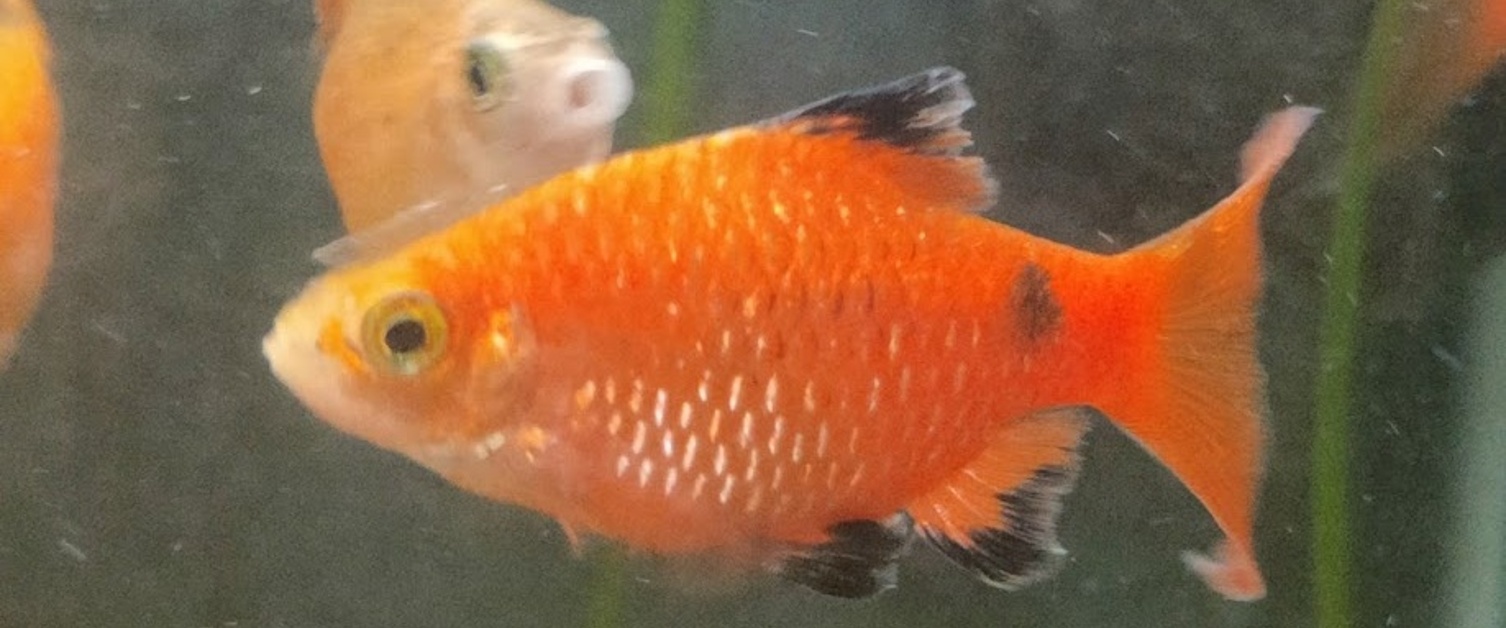Care Guide - Rosy Barbs
- Nov 28, 2023
- Dan
G'day fellow aquarists! If you're keen on adding a burst of colour to your Australian aquarium, look no further than the Rosy Barb (Puntius conchonius). As a seasoned breeder of these vibrant fish, I'm here to guide you through the basics of caring for Rosy Barbs, from their needs to choosing tank mates and even encouraging breeding.
What Are Rosy Barbs?
Rosy Barbs are stunning, active freshwater fish that can add a lively touch to your aquarium. Native to South Asia, they're known for their striking reddish-pink hues, making them a popular choice among hobbyists.
How to Care for Rosy Barbs
1. Tank Setup:
- Size: A 110-litre (30-gallon) tank is ideal for a small school of Rosy Barbs.
- Decor: Provide plants and caves for hiding spots. They love a bit of greenery.
- Filtration: Use a quality filter to keep the water clean and well-oxygenated.
2. Water Parameters:
- Temperature: Maintain the water temperature between 22-26°C (71.6-78.8°F).
- pH Level: Keep the pH slightly acidic to neutral, around 6.5-7.5.
- Water Hardness: Aim for a moderate hardness of 5-15 dGH (89.5-267.9 ppm).
3. Feeding:
- Rosy Barbs are omnivores. Feed them a balanced diet of high-quality flakes, pellets, and occasional live or frozen foods.
- Include some vegetable matter in their diet, like spirulina flakes or blanched veggies.
4. Tank Enrichment:
- Rosy Barbs are active swimmers. Provide open spaces for them to explore.
- Use rocks and driftwood to mimic their natural habitat.
What Fish Make Good Tank Mates?
Rosy Barbs are generally peaceful, but it's essential to choose compatible tank mates:
- Tetras: Such as Neon Tetras or Ember Tetras.
- Livebearers: Guppies and Platies can coexist harmoniously.
- Bottom Dwellers: Corydoras catfish are excellent companions.
Avoid aggressive or fin-nipping fish, as Rosy Barbs can be a bit finicky.
How to Breed Rosy Barbs
Encouraging Rosy Barbs to breed can be a rewarding experience. Here's a simple guide:
- Separate Breeding Tank: Set up a separate tank with fine-leaved plants or a breeding mop.
- Conditioning: Enhance their colours and prepare them for breeding with a varied diet.
- Spawning: Rosy Barbs are egg scatterers. Provide a spawning mop or mesh to collect the eggs.
- Fry Care: Once hatched, feed the fry infusoria or finely crushed flakes.
With a bit of patience and attention to their needs, you might soon find yourself with a tank full of tiny Rosy Barb fry!
Remember, keeping Rosy Barbs is a delightful journey into the world of colourful freshwater fish. If you have any questions or need advice, don't hesitate to ask. Happy fishkeeping!
